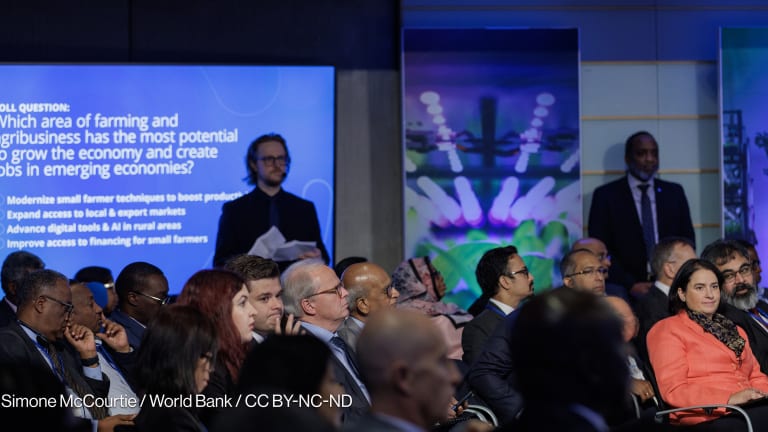Faced with rapid urbanization, some policymakers and economists looking toward the upcoming U.N. Habitat Conference are asking whether investment in secondary towns and villages — rather than capitals and megacities — could offer a quicker route to economic growth and sustainability.
At the moment, the conference’s New Urban Agenda makes little distinction between investment in megacities versus intermediate towns. Instead, it promotes “cooperation and mutual support among different scales of cities and human settlements,” placing implementation in the hands of national governments. But many national governments have historically focused development resources on megacities and capitals — a long-held bias that some economists and practitioners say merits a rethink.
U.N. projections indicate that the fastest-growing cities in Asia and Africa are not megacities, but “small to medium-sized” towns with more than 100,000 inhabitants and “medium” cities with 500,000 to 1 million inhabitants. Already, more than 80 percent of Africa’s population live outside the continent’s biggest cities, according to statistics compiled by the World Bank.








